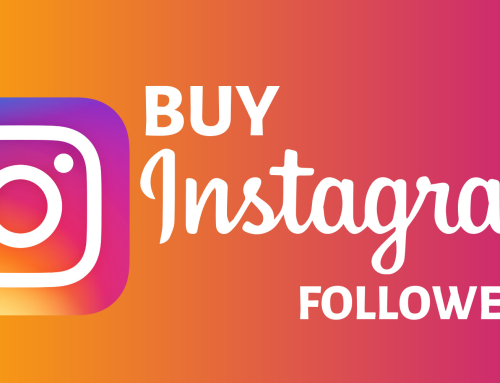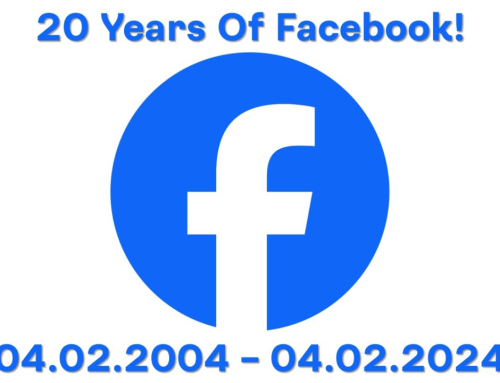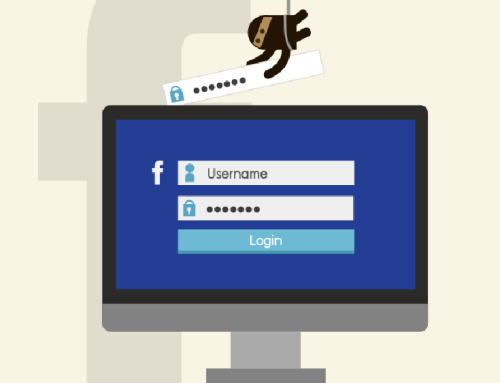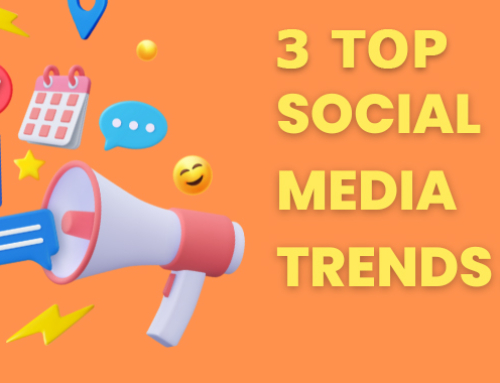Use a media kit to generate publicity (PR) for your business
Until relatively recently, media or press kits were something that only mattered in the world of big corporations and print magazines. Now, the media kit is a key sales tool for small (and not so small) businesses and bloggers.
It’s an extremely valuable way for businesses to make it easy for others to talk about them.
Getting your business or product talked about in other publications or websites can have huge implications for exposure and driving traffic to your business. In addition to the potential sales that can be generated, getting mentioned in the right way adds heaps of kudos to your business.
What’s a media kit and how do you create a media kit?
A media kit is basically a document that businesses use to promote themselves and / or sell their services to potential clients. Magazines use media kits to sell spots to advertisers, bloggers use them to sell sponsored posts and brand collaborations, and service-based businesses, such as wedding photographers, landscape and other designers, and event organizers, use them to promote their service packages.
A media kit contains information and resources about your business. It gives anyone who wants to talk about or promote your business the means to quickly learn about your business, product and brand, and access photos and marketing materials they can use in their own content.
The media kit covers everything from who you are to details about your products, services and processes. It can be the small business’ best friend because it conveys a level of professionalism and information on your behalf when you can’t be there in person.
In the blogger realm
A media kit is the Number One thing that will make the professional blogger stand out to potential blog sponsors and convince them your blog is the right investment for their advertising dollars.
As a document that outlines the key facts and statistics about your blog, it’s an amazing tool for communicating with sponsors, and it shows them that you know what you’re doing. It will also help weed out businesses who really wouldn’t be a good match for your blog.
Generally, you provide the media kit to potential advertisers or brands with whom you want to collaborate. It tells their marketers all about your blog, from the topics you write about to how many followers you have on the various social media channels. Typically, it also lists collaboration options and prices for the services you offer.
Make it easily accessible
The media kit should be easily accessible on your website – put a link to it in your main navigation and / or in the footer of your website. Set it up as a PDF document so it can be easily printed out for in-person meetings or attached to email correspondence. Having all this in one document can help cut down on email correspondence tremendously.
What’s in a media kit? (Remember, this is usually a PDF document for others to download and / or print out.)
8 things to include in your press kit.
1. The story of the business: Explain how the business started and what it does – how many customers it serves; how long it has been in business; how many units it sells; where it’s located; where the product is manufactured; and so on.
Explain its ‘mission’ – or what the business stands for. This is a good way to differentiate the business from the competition. Explaining what makes the business ‘unique’ is particularly good when it comes to small businesses. Customers have a wide range of – differentiation helps them choose your business.
2. Notable clients and testimonials: Potential clients want to know they’re making a sound decision in choosing your business. If they don’t have any mutual friends that have dealt with you, the next best thing is a list of clients who have – plus testimonials from clients and customers.
You can talk all day about how wonderful your business is. But getting other people to promote you is priceless. It’s not that others say things you can’t say yourself – it just means more coming from them.
Talk also about any awards or recognition received, plus any charities the business has been involved with or any pro bono work it has done.
3. Statistics: If you’re offering a service where your statistics are of particular importance, include these. While stats might not paint the whole picture, they give an idea of the size of your audience and reach. Talk about your subscribers (social media), monthly page views / unique visitors, demographics about your customers (e.g. age range and gender).
4. Processes: Do you usually follow a set process? For example, event organizers and wedding photographers usually have a specific process they’ve honed to deliver a consistent outcome. The media kit is a great place to outline this so customers understand what goes into your work.
5. Services offered and rates: Clearly list all services and give base-level pricing, i.e. say “starting at…” and an outline of what the client receives. Highlight any specific types of services or activities you particularly like to focus on. Being upfront about services and base rates enables clients to make an informed decision. Later, when they’re ready to work with you, you can get down to the customised quote.
6. Frequently asked questions: If you find you repeatedly get asked the same questions, then having an FAQ section in your media kit can alleviate some of the basic email chat that comes with new enquiries.
7. Relevant graphic material: Provide high-quality, high-resolution graphics, such as high-resolution images of your logo, to make it easy for publishers to use in their promotional material. Provide links to other articles or press coverage about your business. These can be blog posts, interviews, magazine articles, press releases, and articles on other websites. This gives people interested in talking about your business something more to work off.
8. Contact information: Provide clear instructions about how to get in touch with you!
Proofread. Edit. Review your media kit.
Once you’re happy with your media kit, put it aside for a few days, then go over it again with fresh eyes. Make sure it’s perfect. Remember, this document represents your business and conveys information on your behalf when you can’t be there in person. So make it count. The purpose of your media kit may also evolve and shift over time. Review it periodically and update it where necessary.
We hope you found this information useful.
For FREE up to the minute articles and tips subscribe to our monthly newsletter or contact us.






